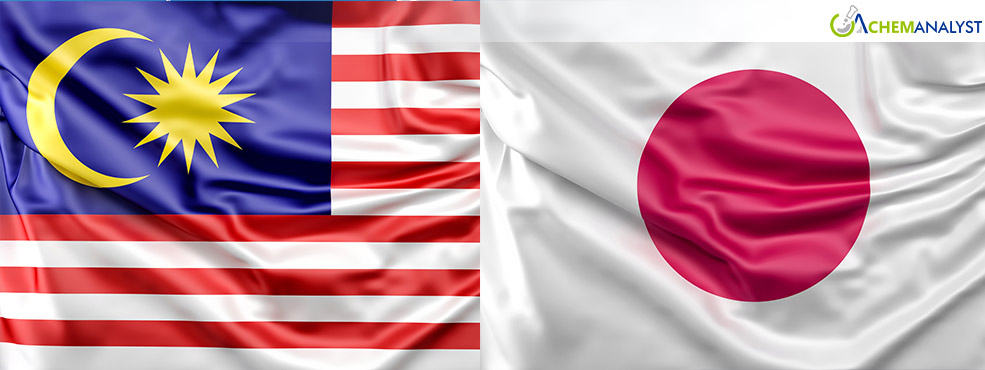Japan to Ship CO2 Emissions to Malaysia for Underground Storage
- 28-Apr-2025 6:00 PM
- Journalist: Nina Jiang
Japan is nearing an agreement with Malaysia to store carbon dioxide (CO2) emissions underground, according to Nikkei Asia. The plan would see CO2 captured in Japan, transported as a liquefied gas, and stored in depleted offshore gas fields in Malaysia, starting as early as 2030. Key players in the project include trading giant Mitsui & Co., Kansai Electric Power, and the state-run Malaysian oil company Petronas. Three sites are being prepared for the storage initiative, with a target to store up to 10 million tonnes of CO2 annually.
This agreement marks Japan's first international collaboration on carbon sequestration. As part of its commitment to achieving net-zero greenhouse gas emissions by 2050, Japan is ramping up efforts to reduce CO2, including expanding renewable energy sources like solar and wind power, and promoting electric vehicles. A major part of Japan’s strategy is to capture and store CO2 underground, with a goal to sequester between 120 million and 240 million tonnes annually by 2050. This would account for 10% to 20% of Japan’s total CO2 emissions in fiscal 2023.
In Japan, 11 sites have been identified for underground CO2 storage, with a total estimated capacity of 16 billion tonnes. A project off the coast of Hokkaido is set to begin in 2025, but full-scale development is still in the early stages. As Japan faces delays in domestic sequestration projects, the government has turned to international cooperation, with Malaysia at the forefront.
A memorandum of understanding with Malaysia is expected to be signed by this summer. The deal will adhere to international agreements, such as the London Protocol, which ensures no marine pollution occurs from CO2 transport. Under Japan's energy strategy, fossil fuels will still make up about 30% to 40% of the country's power generation mix by 2040, maintaining the need for carbon capture technologies.
The CO2 storage process involves capturing emissions from power plants and factories in Japan, liquefying them, and transporting them via specialized ships. The use of hydrogen and ammonia in these ships will minimize carbon emissions from the transport process. Japan is also seeking further international partnerships, with countries like Norway already collaborating on similar sequestration projects. Norwegian agreements with the Netherlands and Denmark have facilitated CO2 transport and storage under the seabed.
To fund these ambitious efforts, Japan’s government estimates it will need to invest about 4 trillion yen ($28 billion) over the next decade in carbon capture and storage technologies. The burden on private companies will be significant, prompting the use of green transformation bonds to support the initiative.
Nikkei Asia reported that Japan’s carbon sequestration strategy is poised to play a crucial role in its broader climate goals, with Malaysia emerging as a key partner in the effort to reduce global CO2 emissions.



